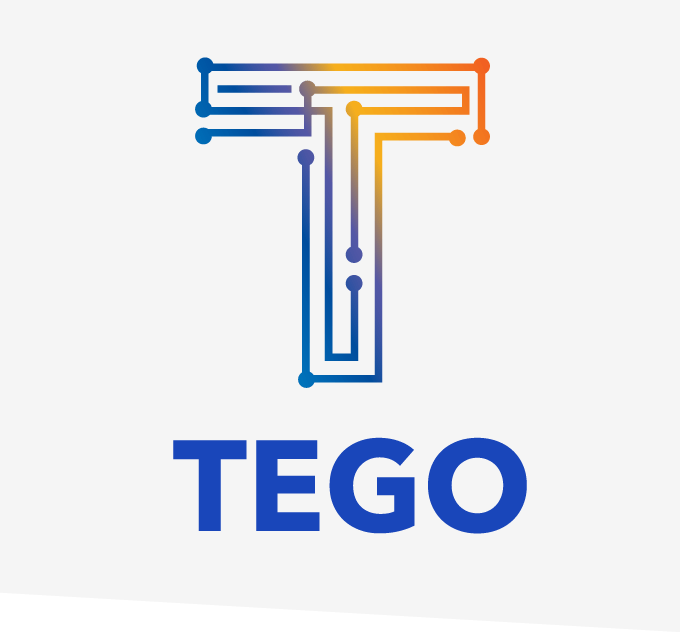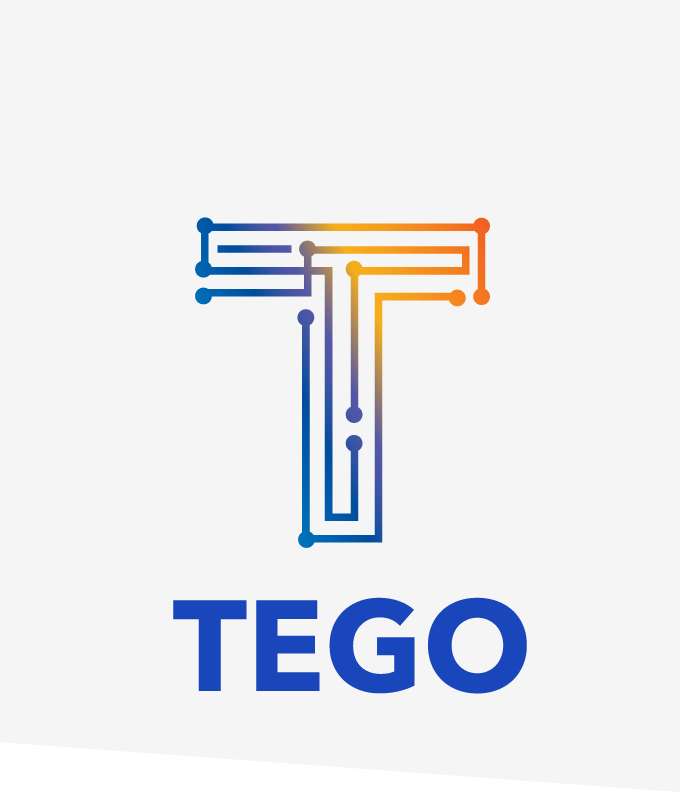Webinar: IP portfolio management for SMEs
Tego CEO Timothy Butler presented a webinar along with PatSnap – Strategic Intellectual Property. Tego’s technology embeds data and documents directly on an asset, creating business intelligence and powering the internet of things.
By 2020, an estimated 50 billion devices, robots, and sensors will be connected to the internet, and to each other. These devices are impacting every aspect of how we work and live, in what is being described as the 4th industrial revolution.
Timothy Butler will share how the company’s intellectual property strategy began to take shape while the Tego was still a very early stage startup. He’ll discuss how Tego’s IP strategy has evolved as the company has grown, and share insights on best practice for SMEs when managing their IP.




